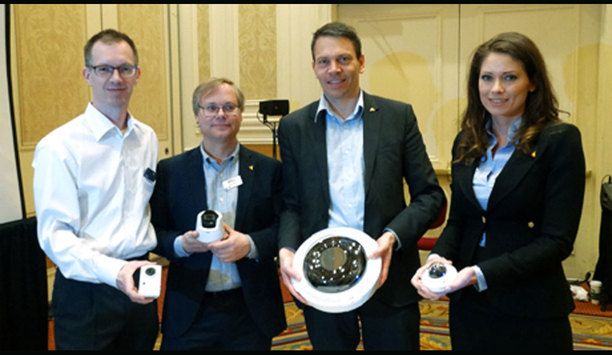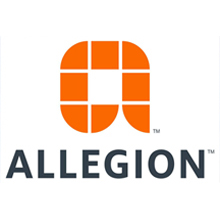Minu Youngkin

Minu Youngkin
Integrator Marketing Manager, Allegion plcArticles by Minu Youngkin
It is critical to be able to clearly outline the end user’s potential return on investment Smart buildings are on the rise around the world, not only because a growing number...
Customers are increasingly requesting both mechanical and electronic services for their doors In most buildings, security is a hybrid solution of both mechanical and electronic secu...
900 MHz wireless and WiFi (2.4GHz) are different technologies but sometimes used interchangeably 900 MHz wireless and Wi-Fi (2.4 GHz) are sometimes used interchangeably in the...
News mentions
Our most popular articles in 2017 reflected changing trends in the U.S. security market, from deep learning to protection of mobile workers, from building automation to robotics. Again in 2017, the mo...
The ASIS show has not traditionally been a big forum for new product introductions -- those happen mostly at ISC West in the spring. Even so, there is plenty of technology to see at this year's show,...
ISC West was hopping on its first day, with crowded aisles, packed booths and plenty of news to share. Much of the news consists of product announcements resulting from the rapid pace of technology de...
Beyond the need to install new systems, often overlooked is how schools are going to pay for security upgrades Limited financial resources are a common pain point for K-12 schools l...
Integrators must understand that the K-12 market has a unique and urgent need for access control, but with limited budgets Systems integrators play a key role delivering effective s...
Schools are unlike commercial buildings or other facilities in several ways, and the differences impact how they should be secured. For one thing, the inhabitants are mainly children and won’t c...












































